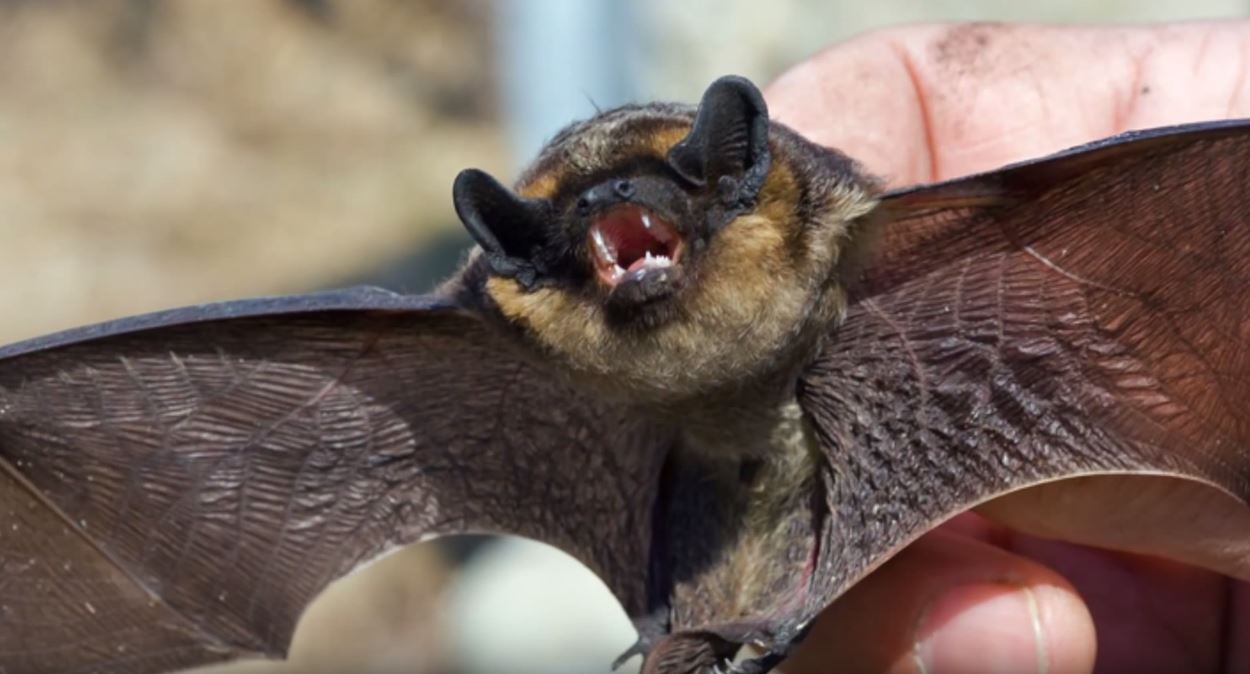About Colonizing Bats: Appearance, biology, life cycle, habitat, diet, behavior

Only Nocturnal Mammals that Fly
Bats are animals that are unique for one thing. These animals are the only mammals classified as nocturnal which can fly at night. Besides this, bats are a very diverse group of mammals.
However, there are only two types of bats - colonizing bats and solitary bats. In this article, we will talk about the four major species of colonizing bats - Little Brown Bat, Big Brown Bat, Brazilian Bat, and Evening Bat
About Little Brown Bat
Appearance:
The fur of a Little Brown Bat is gloss and dark brown. The adult Little Brown bat is, on average, 2 to 4 inches long. Female members of these colonizing bats are bigger than the male members.
Biology/Life Cycle:
The female members of Little Brown Bat specie become sexually mature from 7 to 9 months. Little Brown Bat male members become sexually mature at their first year of life.
The mating season of this bat specie begins in the fall. The female gives birth to her young in late August. These bats live on average 6 to 7 years.
Diet:
The Little Brown Bat members love eating insects, mosquitoes, wasps, bees, moths, beetles, and other insects. These animals hunt in packs. They forage for insects using their echolocation abilities. During the day, little brown bats usually sleep.
Behavior:
The little brown bat usually sleeps in caves and other hollow spaces. These animals are fast and they live in large colonies. These animals are common in old buildings.
Big Brown Bat
Appearance:
Big brown bats’ body coloration varies from light brown color to dark brown color. However, this animal’s wings, tail, and ears are totally black. Big brown bat is, on average, 5 inches in length.
The female members of this bat specie are bigger than the male members.
Biology/Life Cycle: The members of this bat species mate from mate from early winter to March. The female big brown bat gives birth to in June or August.
Male members of this species live longer than the females - 19 years on average.
Habitat: Big brown bats are usually seen living in urban areas and they invade people’s homes and old buildings.
Diet: Big brown bats usually eat moths, flies, and wasps.
Behavior: Big brown bats are migratory and social animals. They roost together. They hibernate during the winter season.
Brazilian Bat
Appearance:
Brazilian bats are medium-sized animals. These bats have big ears and a brown fur.
Biology:
Brazilian bats breed only one time a year. They mate in spring. The female gives birth after 12 weeks. Life span of Brazilian bat is 11 to 12 years.
Habitat:
Brazilian bats live in North and South America. They live in attics and caves. These animals roost in hollow trees.
Diet:
These bats usually eat insects and moths.
Behavior:
Brazilian bats are social animals. They communicate by calling. They search for food after sunset.
Evening Bat
Appearance:
Evening bats have a dark brown color. Only their ears are black. They are up to 105mm in length.
Biology:
Female evening bats live separately from male evening bats. These bats breed in spring. Evening bats live on average for 2 to 4 years.
Habitat:
Evening bats live in forests. They dislike living in caves.
Behavior:
Very social animals. They use echolocation when hunting for food.
Go back to the Noises in the Attic home page.

